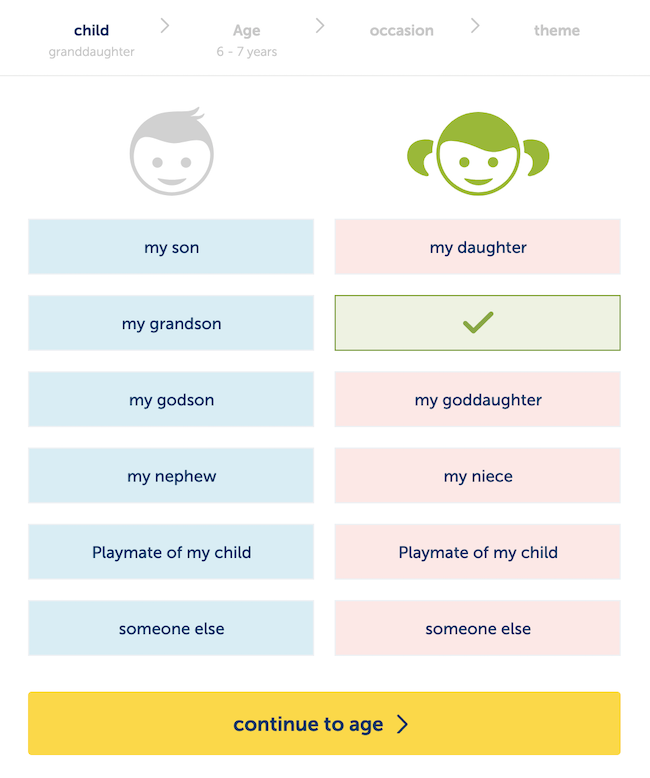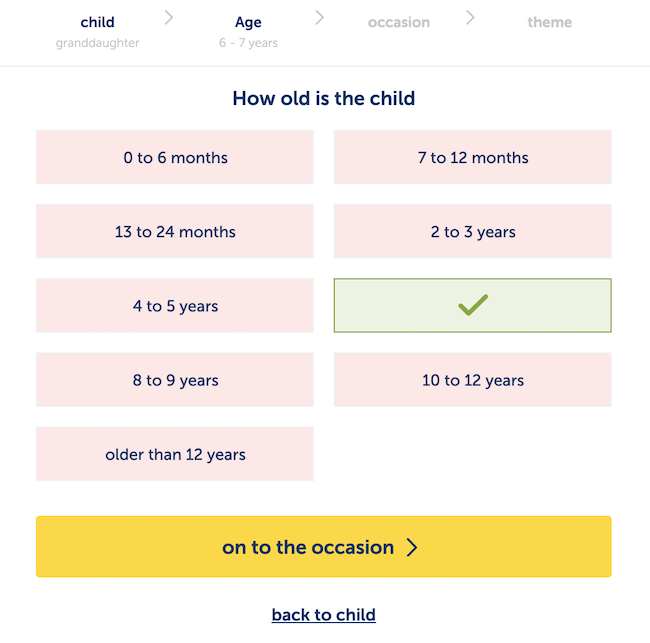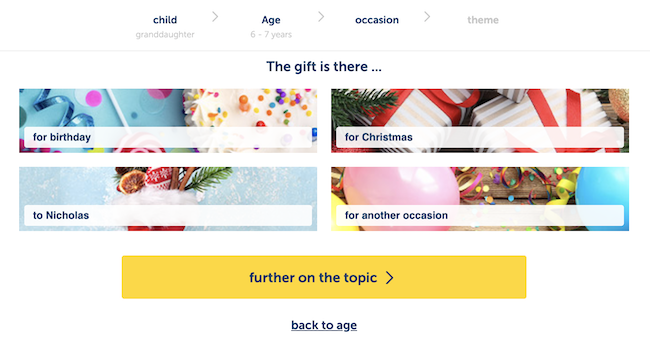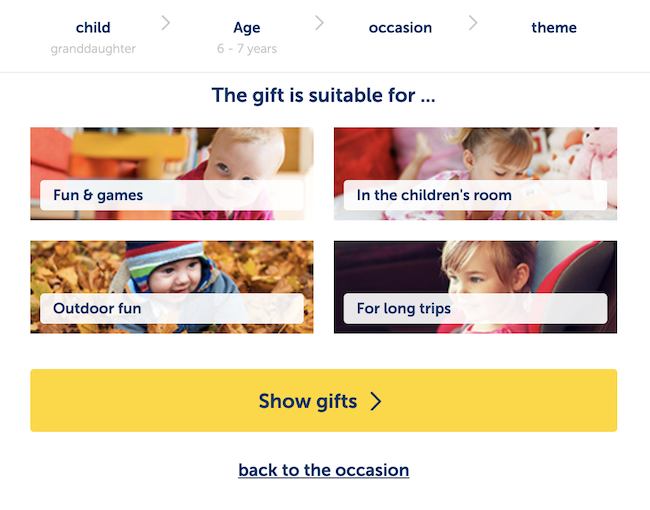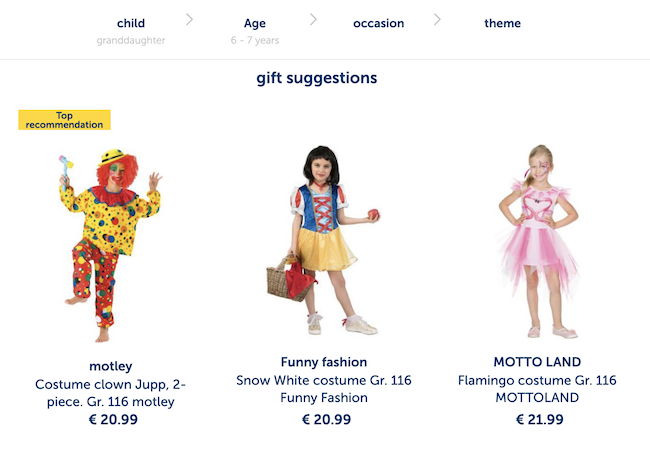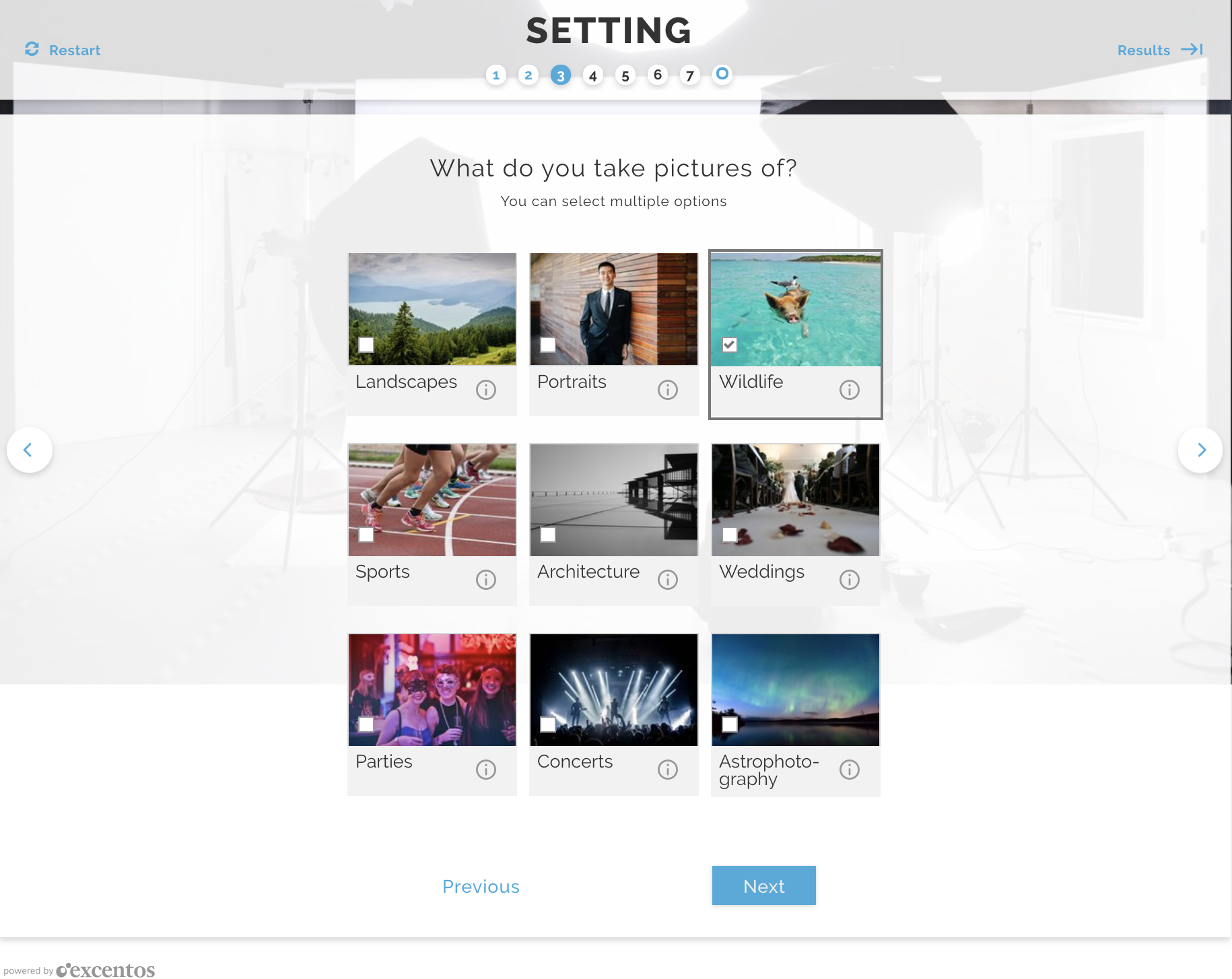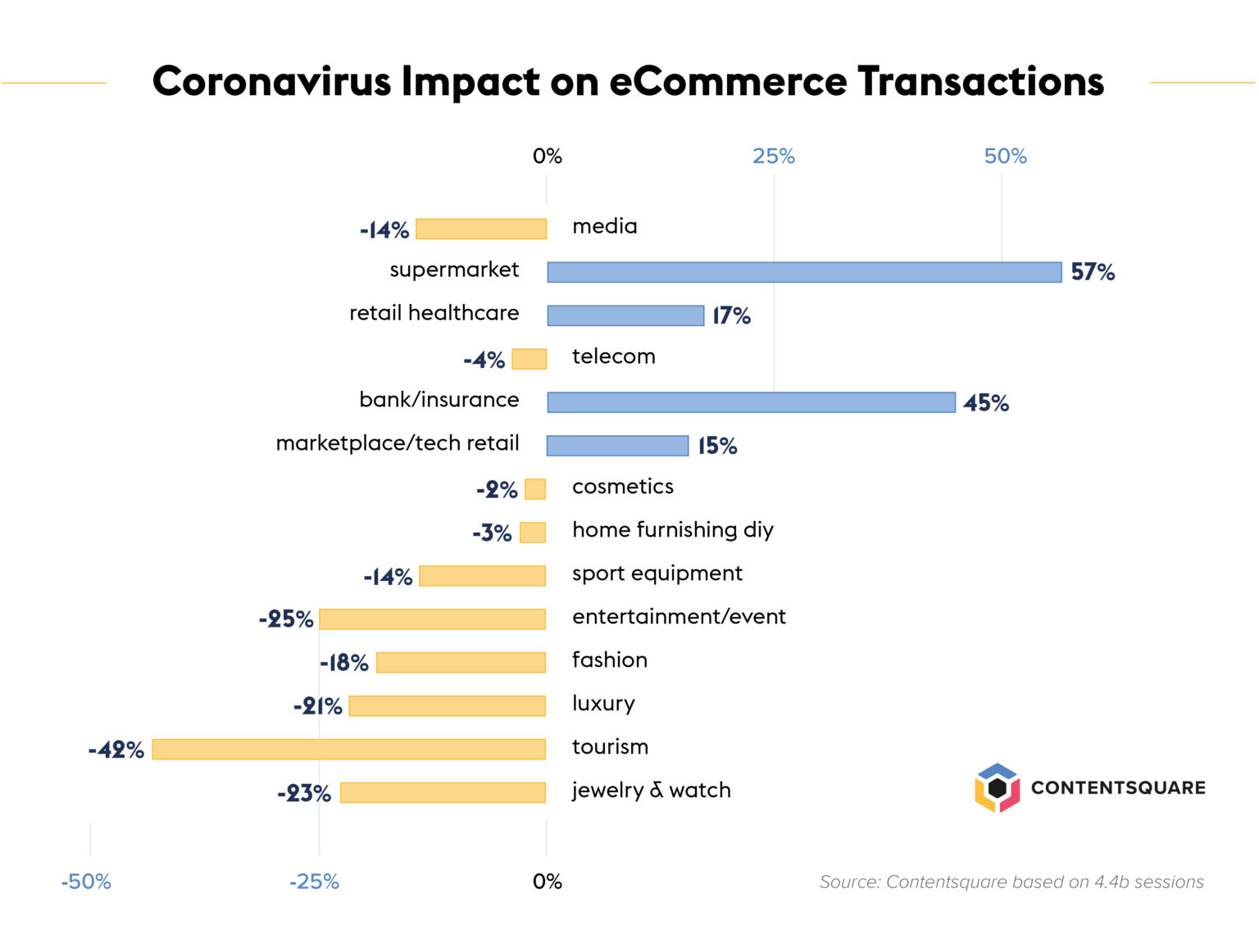Sophia Lelew
Competing against Amazon: the SMB Checklist
Sophia Lelew
It’s plain to see why Amazon is leading the e-commerce race. Their excellent user-experience, varied product assortment and innovative means of drawing in smaller, more diverse businesses through FBA has allowed them to target people of all backgrounds, interests and shopping behaviors.
Amazon is accountable for over 37% of the USA's annual retail e-commerce and has over 2 million sellers.
This makes things difficult for traditional small and medium-sized businesses operating outside of the Amazon marketplace.
Smaller businesses are finding it tricky to stand out and charge competitive prices. However, the impersonal nature of shopping on Amazon has allowed SMBs to have a competitive edge in many other areas of business.
Thanks to advances in digital technology, accelerated by huge corporations like Amazon, it’s left customers wanting more! With an increase in customer expectations, people are searching for shopping experiences with a special touch that Amazon is simply too large to provide.
This blog post will demonstrate prime examples of when SMBs overtook Amazon in providing customers with better user experience.
1. Find your niche

To create trust, it’s important you prove that you know your stuff. The easiest way to do this as an SMB is to find your niche and focus on what you are good at. If you do something you believe in and feel passionate about, your energy and efforts will pay off and customers will feel inspired.
Focusing on too many products with limited resources and knowledge makes everything more unmanageable and distorts your vision.
"A jack of all trades is a master of none."
Think about the best kind of restaurants — they are always the ones with limited choice on the menu since it’s impossible to produce good-quality without specialization.
Specialize and you will be able to deliver — take too much on and you will most likely hinder productivity and lose against your competition.
With specialization, you can easily create a unique brand personality and win on content marketing by delivering personalized messages which resonate with your target audience.

Source: Bombas — the performance sock specialist
Even though Amazon has the money to make a large product assortment work effectively, customers are still not 100% satisfied. Users are becoming easily frustrated and impatient by having to trawl through so many products and it’s simply leaving them confused as to which product to buy.
Thanks to excellent user-experience, Amazon scored a 13% conversion rate when getting users to the checkout in 2019.
To create trust, it’s important you prove that you know your stuff.
2. Care about the needs of your users

Source: Uncommon Goods
AI gets to know your users in numerous ways and can identify patterns in consumer data and behavior which makes it more effective than a human could ever be.
- Subconsciously: AI can reach conclusions by simply tracking your users' clicks and analysis of data sets.
- Consciously: Integrating Guided Selling solutions such as Product Guides and Gift Finders into your online shop allow your customers to directly interact on your website. Customers are asked a few questions and their answers are analyzed through AI so that they can be intelligently led to their most ideal product.
Most analytics tools will give a comprised visitor overview, entailing: user ID, user journey, geographical location, clicks and duration spent on your site. Such valuable kind of data helps a business to gain better insight into what their customers want and gives them the know-how to target them better through numerous kinds of recommendations.
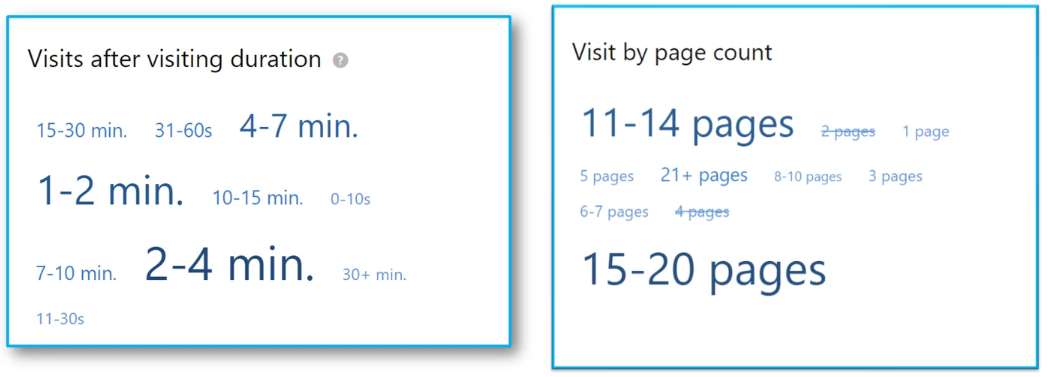
Source: excentos analytics - data based on one day period Integrating Guided Selling solutions such as Product Guides and Gift Finders into your online shop allow your customers to directly interact on your website.
Integrating Guided Selling solutions such as Product Guides and Gift Finders into your online shop allow your customers to directly interact on your website.
3. Provide a top-quality customer service
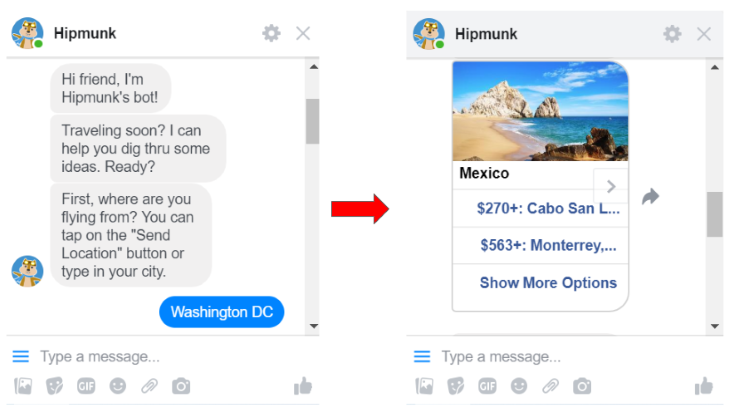
Source: Hipmunk
With conversational agents and chatbots, you can provide your customers with a 24/7 customer service meaning they are never left waiting with unanswered questions.
Chatbots are made up of natural language processing and machine learning and can also help businesses to improve their interaction with customers by recommending products and providing them with advice.
Rising expectations mean customers want immediate interaction.
4. Detailed Product Information
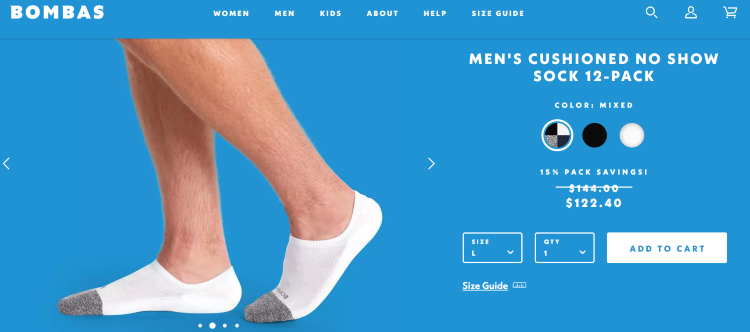
Source: Bombas
Without detailed product information, users can easily make uninformed purchases which they will want to return. Product descriptions should be informative, providing the necessary specifics as well as the value proposition.
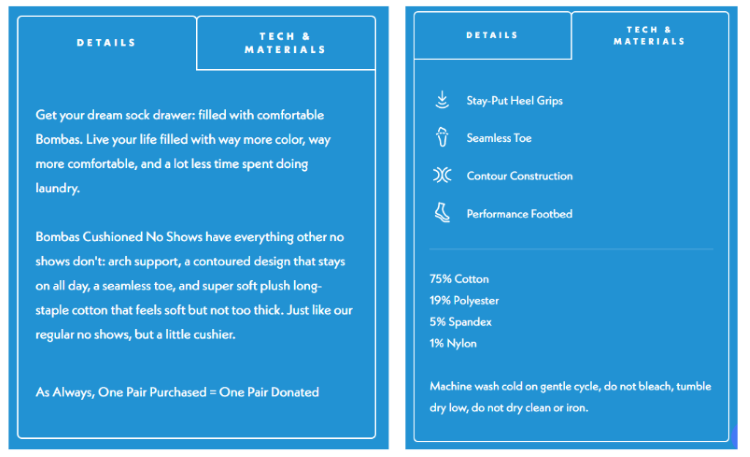
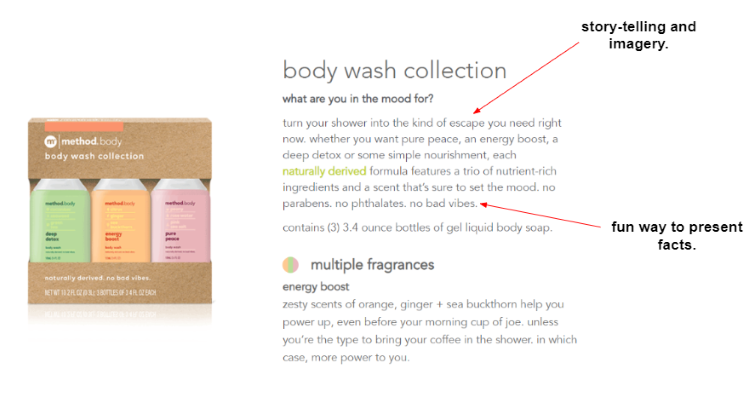
Source: Method Body
Without detailed product information, users can easily make uninformed purchases which they will want to return.
5. Invest in good product presentation

Source: Woodsman Beard Company
Your online shop should tell your brand's story. Within seconds of a user entering your shop, they should immediately have a feel for what your company is trying to do.
Product videos make a story easier to tell and are enticing for users which can assist them in making informed buying decisions.

Source: Woodsman Beard Company
Product videos make a story easier to tell
6. Provide personalized recommendations

Source: The Perfume Shop
But how can you replicate or compete with the service provided in traditional brick and mortar stores?
With Guided Selling solutions such as Product Guides and Gift Finders, you certainly can! Guided Selling solutions talk the customer through the online shopping experience, making it more personalized. They give users more control to dictate what they want and don't want in a product, just like they would in-store. What they like and don't like, what are their interests, personality traits, favorite colors etc.
They give users more control to dictate what they want and don't want in a product, just like they would in-store.
Provide your customers with personalized advice
Find out how your company can implement
personalized advice for all of your users.
Other Posts
-

A short guide on Guided Selling
Read all about Guided Selling software, and the many different Ecommerce solutions that are available for B2Bs and B2Cs. -

What's the big deal about Direct to Consumer (D2C)?
An in-depth look at the D2C trend and how brands can use aspects of it to increase their brand presence and get more control over their product and consumer data. -

Top UX trends for Ecommerce 2021
With disruptive challenges in 2020, brands and retailers adopted new strategies for Ecommerce. Get to know the top UX trends you can use to not be left behind.





